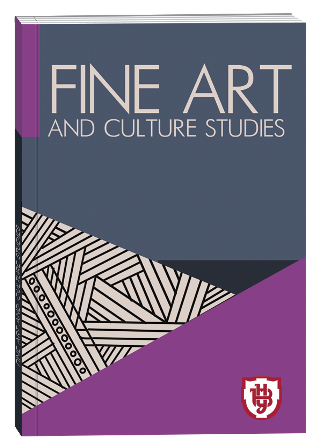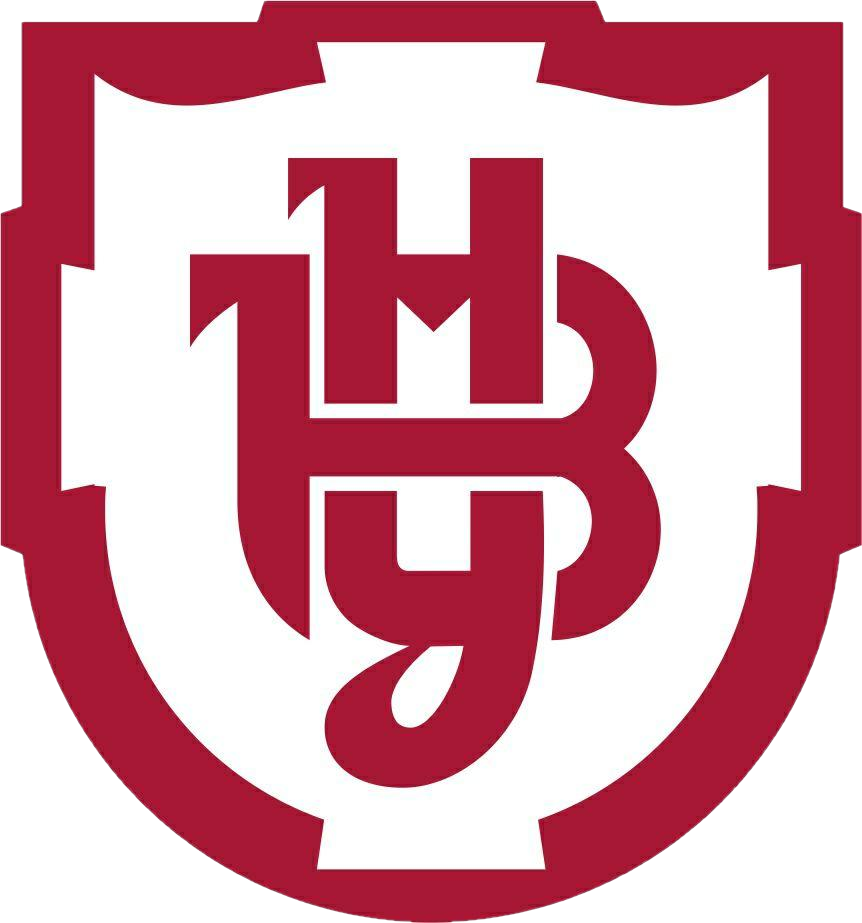TYPES OF CURATORIAL STRATEGIES IN CONTEMPORARY WESTERN ART: AUTONOMY, MEDIATION, CO-AUTHORSHIP
DOI:
https://doi.org/10.32782/facs-2025-1-40Keywords:
curator, contemporary art, fine arts, curatorial strategies, Venice Biennale, DocumentaAbstract
The purpose of the article is to study the typology of curatorial strategies in contemporary Western art. The author considers the main role orientations of an art curator, in particular: autonomy, mediation and co-authorship. The research methodology is based on the method of comparative analysis, which was used to study key phenomena in the formation and development of curatorial strategies. The method of typology and historical-chronological analysis was of great importance. Scientific novelty. The study defines and substantiates the typology of curatorial practices; three main directions are identified in which the functions and roles of curatorship developed during the second half of the 20th – early 21st centuries. Conclusions. The curatorial strategy of autonomy is characterized by the fulfillment of an independent artistic role and is a reflection of the function of authorial individualization. In Western European and American art, the autonomous status of the curator is a tool for combining works of art and audiences into a common model of an exhibition, project or event. The curatorial strategy of mediation is the most widespread in the practices of the first half of the 20th century, especially in the field of museum curatorship. During the second half of the 20th – early 21st centuries. the managerial functions of the art mediator acquired a more pronounced substantive component aimed at attracting new audiences and forming new spaces. The function of establishing an artistic hierarchy gained significant importance. The curatorial strategy of co-authorship arises in the wake of the so-called curatorial turn of the 1960s. The opportunity to speak on behalf of the artist forms a new role for the artist-curator, who from now on owns a personal “territory” of artistic production.
References
Acord, S. Art installation as knowledge assembly: Curating contemporary art. In Artistic Practices. Routledge, 2014. Р. 151–165.
Bawin, J. The artist-curator or the philosophy of ‘do it yourself.’. Curating live arts: Critical perspectives, essays, and conversations on theory and practice, 2019. Р. 141–147.
Bedford, E. Fresh from South Africa: supporting young artists. DAKAR – ART, MINORITIES, MAJORITIES. JULY 2003. Р. 1–10.
Behnke, C. The Curator as Arts Administrator? Comments on Harald Szeemann and the Exhibition “When Attitudes Become Form”. The Journal of Arts Management, Law, and Society, 2010, 40(1). Р. 27–42.
Birnbaum, D. (2005). When Attitudes Become Form: Works, Concepts, Processes, Situations, Information. Artforum Summer, 2005.
Buchloh, B. A Note on Gerhard Richter’s «October 18, 1977». October, 1989. Р. 89–109.
Buurman, N. Angels in the White Cube? Rhetorics of Curatorial Innocence at dOCUMENTA (13). Curating in Feminist Thought, 2016. 146 р.
Gawronski, A. Curated from Within: The Artist as Curator. A Companion to Curation, 2019. Р. 232–261.
Grammel, S. Harald Szeemann–and the (self-) construction of an authorial position in the field of curatorial practice. The Exhibition as Artistic Medium, 2010. Р. 1-16.
Hansson, J. The curator as a conceptual artist / Master of Culture and Arts, Entrepeneurship in the arts, 2016, 48 р.
Levine, B. Curatorial Intervention: History and Current Practices. Rowman & Littlefield, 2021, 152 р.
McKeon, E. Coming to our senses: From the birth of the curator function to curating live arts. Turba, 1(1), 2022. Р. 28–43.
O’Neill, P. The curatorial turn: from practice to discourse. Issues in curating contemporary art and performance, 2007. № 25. Р. 13–28.
Obrist, H. U., Bovier, L., & Theiler, B. A brief history of curating. Zurich: JRP/Ringier, 2008.
Pavlovaitė, U., & Jurėnienė, V. (2024). Art curatorship strategy models: from tradition to contemporaneity. Museum Management and Curatorship, 2024. Р. 1–18.
Restauri, J. “Not only creators, but also interpreters”: Artist/Curators in Contemporary Practice. Baylor University, 2012. 136 p.
Richard, C. How Latitudes Become Forms: Art in a Global Age. Parachute: Contemporary Art Magazine, 2004, № 113. Р. 141–143.
Rоssaak, E. The Emergence of the Curator in Norway: Discourse, Techniques and the Contemporary. Contested qualities: Negotiating value in arts and culture, 2018. Р. 127–164.
Schade, S. The Biographical Exhibition as a Problem of Feminist Critique and the Case of the Exhibition Marlene Dumas–Female, 20051. Curating in Feminist Thought, 2016. Р. 54-63.
Schuppert, M. Learning to Say No, the Ethics of Artist-Curator Relationships. Philosophies, 2021, № 6(1). V. 16. Р. 1–13.
Tinius, J., & Macdonald, S. The recursivity of the curatorial. The anthropologist as curator, 2020. Р. 35–58.
Vergne, P. Globalization from the rear: “Would you care to dance, Mr. Malevich?”. How Latitudes Become Forms: Art in Global Age, Exhibition Catalogue, Minneapolis: Walker Art Center, 2003. Р. 18–27.
Vitkauskaitė, I. The Role of the Freelance Curator in an Art Exhibition. European Journal of Interdisciplinary Studies, 2015 , №7(2).
Wai, W. Curator as Collaborator: A Study of Collective Curatorial Practices in Contemporary Art. Journal of Urban Culture Research, 2019, № 18(1). Р. 88–102.
Whitehead C. Interpreting Art in Museums and Galleries. London, New York: Routledge, 2012, 196 р.
Zhou, Z. On the relationship between art curator and audience. In International Conference on Arts, Humanity and Economics, Management (ICAHEM 2019) Atlantis Press, 2020. Р. 119–123.







